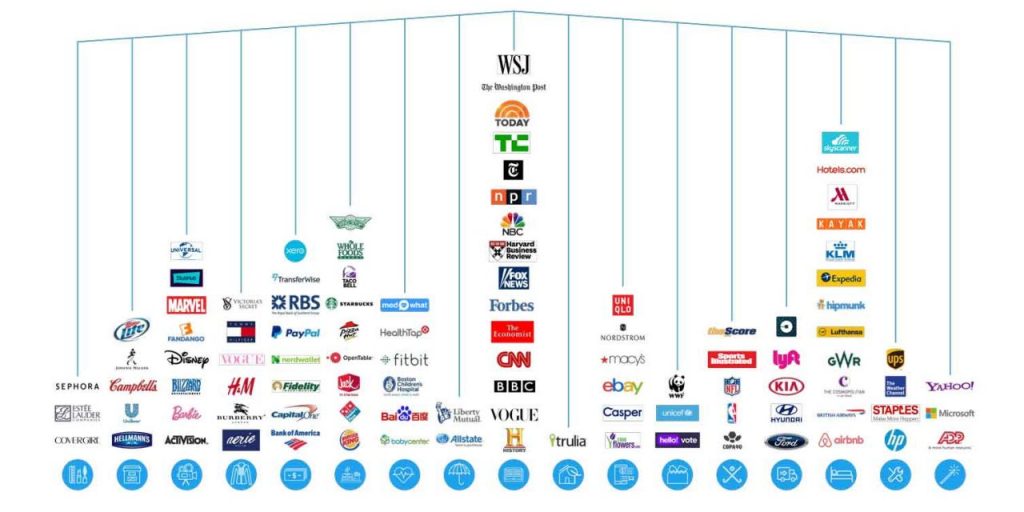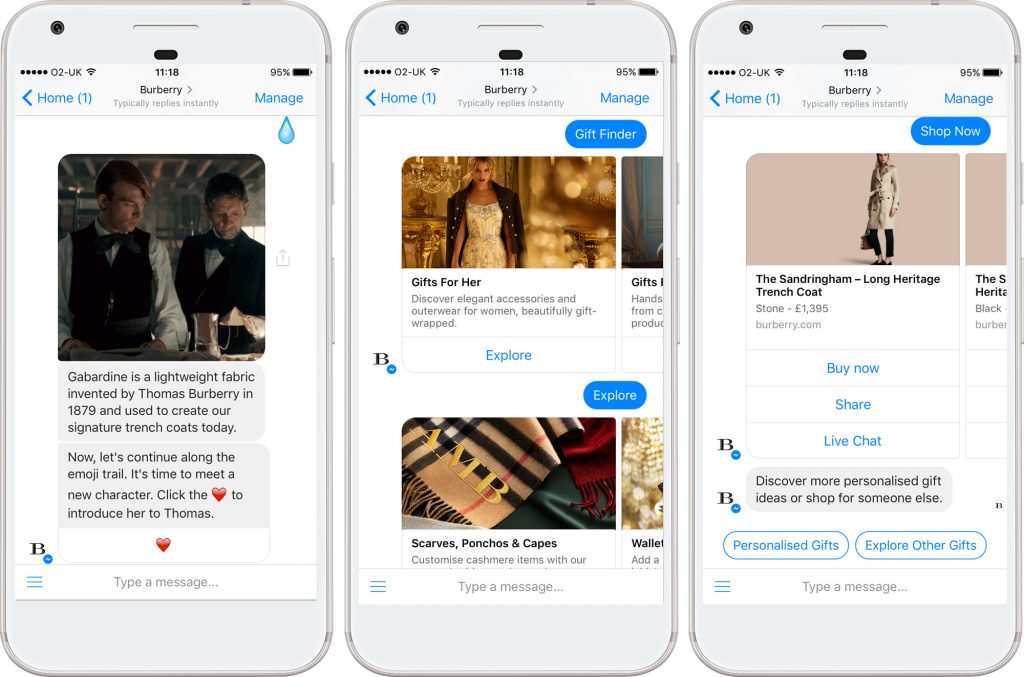Facebook Messenger Bot: Talk to customers when your competitors are asleep
The text message will soon celebrate its 25th birthday! The first message, “Merry Christmas”, was transmitted in December 1992. Initially, SMS was used to send messages to employees, but it soon became apparent that the technology would have a much wider use. Did anyone foresee the tectonic shift that shook the business world after the advent of a slew of new communication solutions? One of them, the internet bot, is set to soon become a new member of customer service departments.
Text messages, including emails, caught on fantastically after they became widely available, leading to a dramatic shift in communication and a lasting change in current and future generations. Emails and text messages have become a staple of business communication and a marketing channel for sending offers en masse. In e-commerce, the rise of mobile, social media and, above all, Internet messengers, raised the expectations of customers, who have come to prioritize direct, personalized communication and communication channels tailored to their individual needs.
A bot enables you to be with customers 24/7
More than one billion people use Facebook Messenger daily, making it the most popular tool of its kind. The potential of this messenger was quickly deployed in customer service and Facebook Messenger communication was automated using bots. Of course, bots have been around for a long time (the first one was created in the 1960s), but they weren’t used for the purposes they are used now, weren’t so common and certainly weren’t easily available.
Will Facebook Messenger bots replace customer service departments and social media managers in online stores? We don’t know the answer to this question yet, but we know that the tool has great potential, especially regarding the improvement of customer experience and building loyalty.
How do you use bots and what are the benefits?
Customers appreciate direct contact with a store at a place and time they choose, especially when they’ve made a purchase or are waiting for delivery. Getting an immediate reply to questions about order status or expected delivery time through a messenger you use to converse with friends will please anyone, not only the most impatient of us. A chatbot provides effective support to customers throughout the purchasing process ‒ it does so by sending product offers, suggesting compatible items or informing about the availability of products that were out of stock at the time of shopping. The tool replaces a customer advisor but has an added bonus ‒ it’s always there, has intimate knowledge of the store’s product offering and ‒ not a thing to be sniffed at ‒ it’s never grumpy :).
What’s more, AI will allow bots to improve by talking to customers, personalizing messages so that a bot can come across as a consultant or advisor to stimulate the customer’s interest in the product offering, spurring both creative choices and, most important, the customer’s desire to make a purchase. The conversation will lead to a transaction despite the initial lack of interest from the interlocutor, increasing the value of his or her purchases or encouraging them to return an abandoned cart.
Use the Facebook Messenger Bot like the best do
The advantages of the Messenger Chatbot are so clear to see and it’s so readily available that even more brands, regardless of their industry, have decided to adopt it as one of the channels in their omnichannel strategy.

Big fashion brands, such as Burberry and Tommy Hilfiger, have announced the release of their bots at the world’s premier fashion shows and in partnership with the most celebrated influencers. Drugstores use consulting bots in the selection of cosmetics, makeup tutorials and content marketing activities to maintain and convince customers. Sephora was a pioneer in this respect.

It might seem that the automotive industry, with its characteristics and target audience, is still a long way from using this type of tools, but nothing could be further from the truth. The digital transformation is spurring major car makers to explore innovative channels to contact customers. For example, Kia’s Facebook Messenger Chatbot allows potential customers to get information about the Niro crossover’s strengths and specification.

Let’s recap.
No, the Facebook Messenger Bot has not yet been hailed as a “must have” tool in e-commerce, but it can help you grow your business.
What’s in it for the store? The Bot offers:
‒ a new channel for communicating with customers without having to engage additional resources to develop customer service;
‒ the possibility to build customer loyalty through a messenger that they use often and have done so for a long time;
‒ contact with customers even when your competitors are asleep, in the literal and figurative sense of the word!
‒ the potential to reach customers via phone, laptop and tablet, regardless of place and time;
‒ easier purchase of items that the customer bought previously ‒ faster purchasing process;
‒ higher sales achieved by sending recommendations for similar products and abandoned cart messages, supporting and animating the customer’s involvement in the shopping process;
‒ an innovative tool with great potential.
Implementing the Facebook Messenger Bot ‒ it’s easier than it seems
You don’t have to develop and maintain complex software. The Facebook Messenger Bot is a ready-made tool that can be quickly and easily integrated into your sales platform. What should you pay particular attention to when planning implementation?
First of all, you are well advised to ask the supplier to enable you to test the bot, ask about maintenance-free operation and whether he or she offers technical support for integration. Paradoxically, it is important that the tool allows you to switch between automated communication and social media manager. Remember that sometimes it is necessary to get in touch with a brand representative, and the customer should be offered this possibility. Additional advantages of being in contact with the bot’s supplier, especially during peak sales periods (sales, holidays, Black Friday), include: the possibility of having your applications hosted on the supplier’s servers, ongoing monitoring and regular API updates.







